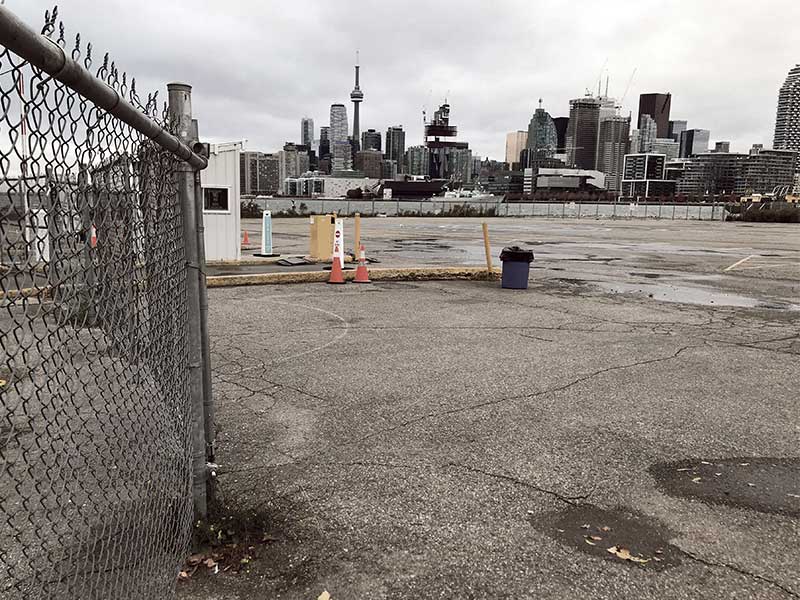
If you haven’t been paying attention to local Toronto news recently, you may have missed the latest developments in the decades-long saga of the Port Lands, a 12-acre tract of underutilized, post-industrial land east of Toronto Harbour.
This former marshland at the delta of the Don River has historically served as the city’s wastebasket. It was a dump for livestock sewage and a distiller’s wheat swill in the 19th century. Throughout the 20th century, the area remained an industrial wasteland, home to scrapyards, oil tanks and vacant expanses of cracked asphalt – the kind of neighbourhood where bodies get disposed of in mob movies.
In 2001, the three levels of government formed a task force called Waterfront Toronto to come up with a plan to develop the area as part of Toronto’s unsuccessful bid for the 2008 Olympics. Despite that failed bid, the task force remained in place to recommend improvements to the city’s waterfront, with many successes, including Corktown Common, a park along the lower Don River, and the Bentway, a public arts space/skating rink beneath part of the Gardiner Expressway.
In 2010, then-mayor Rob Ford and his brother, Doug, then a rookie city councillor, threatened to scrap Waterfront Toronto and advance their own plan for the Port Lands, which included a monorail and a giant Ferris wheel. When the adults in the room stopped laughing, that plan received the fate it deserved and Waterfront Toronto survived.
The Port Lands since have seen businesses spring up, giving some people reason to visit the area. There are Pinewood Studios, a major film and television production facility; the Cabana Pool Bar, where you can do shots and the backstroke in one venue; the REBEL nightclub, where you can catch such acts as Ski Mask the Slump God and Lil TJay. And if you’re in the mood for an afternoon of go-karting or axe-throwing, look no further. Not exactly West Queen West, but it’s getting better.
Then, along came Google.
In 2016, Waterfront Toronto issued a request for proposals to develop the Port Lands. The committee chose the bid submitted by Sidewalk Labs, a company owned by Google’s parent, Alphabet Inc. Sidewalk Labs devised a plan that would have made George Jetson proud: pedestrian-friendly streets, affordable housing, a light-rail system, bicycle lanes heated to melt snow and an “outdoor comfort system” that would protect public spaces in inclement weather.
Sewer drains, park benches and garbage cans would bristle with digital sensors, and cameras would be everywhere. Not to mention the new headquarters for Google Canada.
Sidewalk Labs’ 1,500-page master plan, released this past summer, promises to spend up to $1.3 billion on the project, creating 44,000 jobs and generating $4.3 billion in annual tax revenue.
The plan sounds tempting. But the city isn’t sold. Skeptics question how private data will be stored and how large an area Google’s sibling wants to develop.
Bianca Wylie, a critic of the plan and co-founder of advocacy group Tech Reset Canada, told CBC’s The Current that she is more concerned about the project’s potential erosion of democracy than data privacy: “At what cost and for what reason is a corporation becoming a broker between people and their governments in terms of designing how we live?”
When you put it that way, axe-throwing doesn’t sound like such a bad idea.
Regulators must stand firm on binding authority for OBSI
Editorial: The idea that OBSI is biased against the industry doesn’t fit with the facts